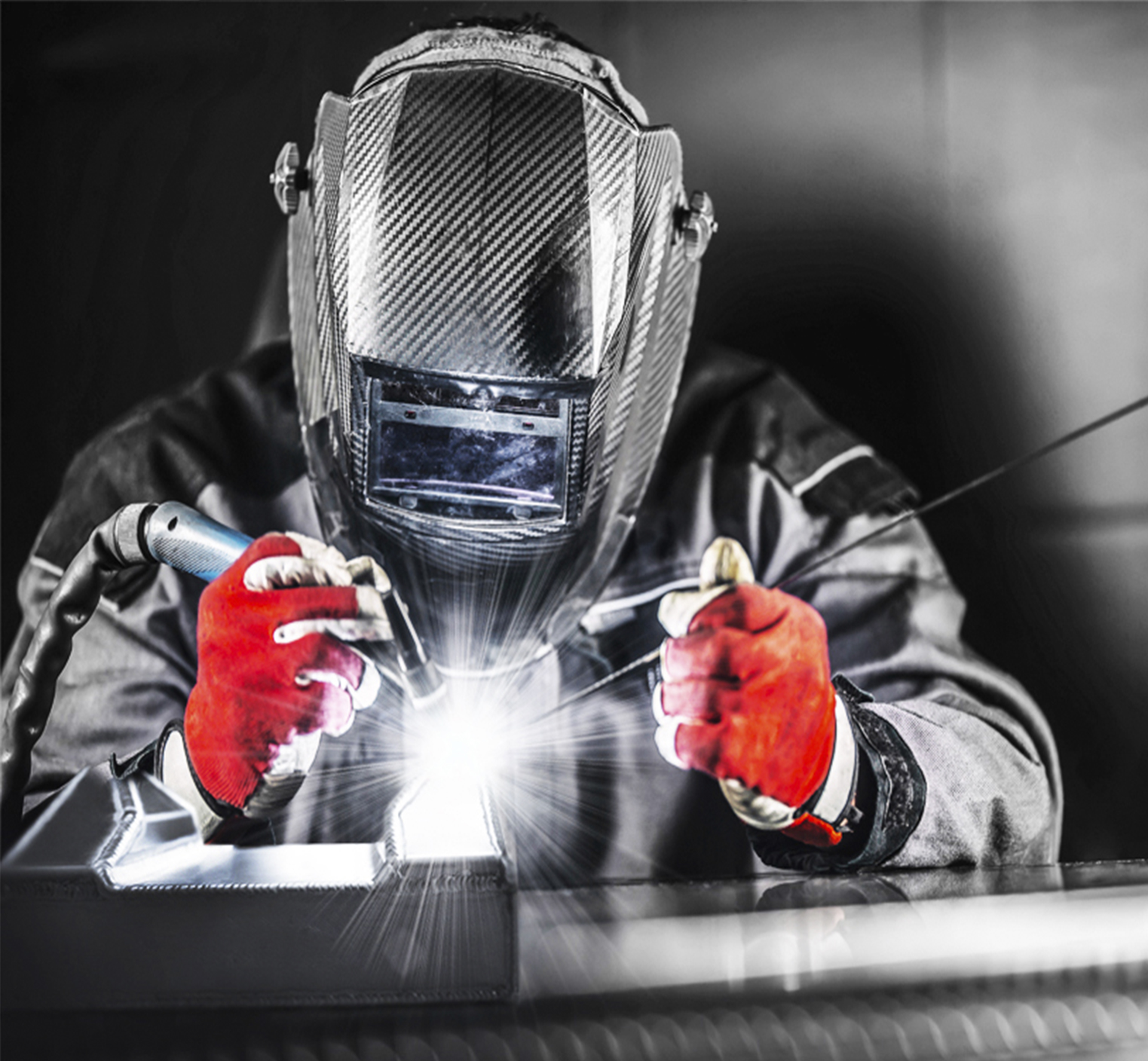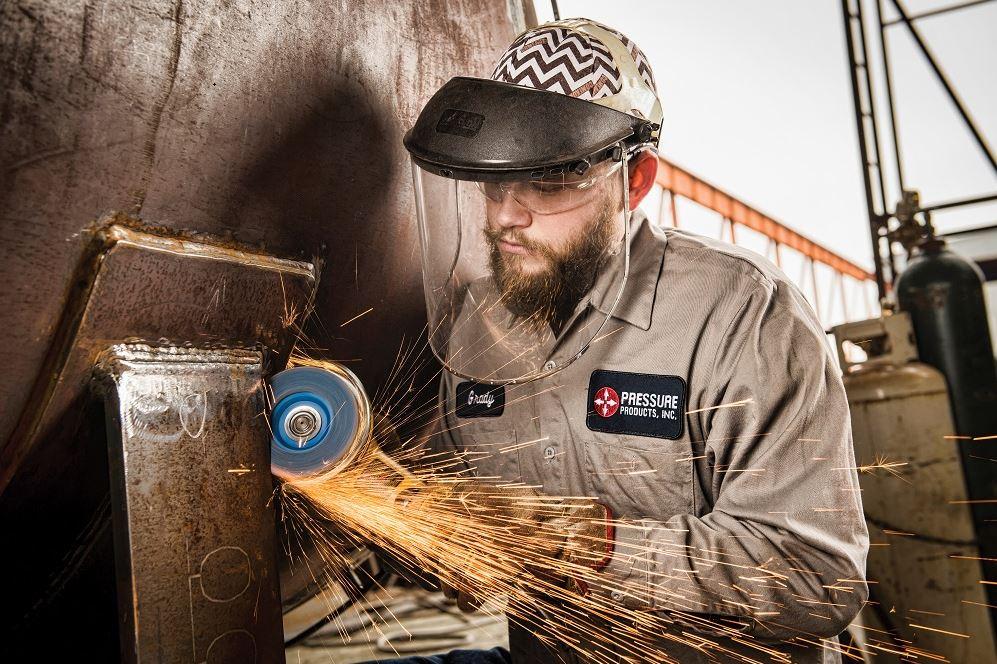Common Welding Repair Work Issues and Just How to Address Them Effectively
Welding repairs usually come across a variety of issues that can jeopardize the stability of the end product. Typical troubles consist of insufficient infiltration, porosity, and imbalance, to name a few. Each defect provides distinct challenges that require specific techniques for resolution. Comprehending these concerns is vital for welders intending to boost their abilities and end results. This conversation will explore these common welding repair concerns and reliable techniques to resolve them.
Insufficient Infiltration
Inadequate infiltration takes place when the weld steel fails to fully fuse with the base material, resulting in weak joints and prospective architectural failures. This concern typically originates from insufficient heat input, inaccurate electrode angle, or inappropriate welding rate. Welders may encounter insufficient infiltration as a result of a mistake of the required criteria for a specific product thickness or kind. Furthermore, contamination on the base product's surface can prevent reliable bonding, aggravating the issue. To address poor infiltration, welders should ensure ideal setups on their equipment and maintain a tidy work surface. Regular inspection of welds is advised to determine any type of shortages early, enabling for timely improvements and the prevention of jeopardized architectural stability in bonded settings up.
Porosity
Porosity is a typical defect in bonded joints that manifests as tiny gas bubbles entraped within the weld metal. This flaw can endanger the integrity of the weld, resulting in minimized stamina and potential failure under stress. Montana Mobile Welding and Repair. Porosity normally emerges from contamination, wetness, or improper welding techniques, which allow gases to get away right into the molten weld swimming pool. To address porosity, welders ought to ensure proper surface area prep work, keep a tidy working environment, and utilize suitable welding specifications. Furthermore, selecting the right filler product and protecting gas can minimize gas entrapment. Normal examination and testing of welds can help identify porosity early, ensuring timely rehabilitative activities are taken, therefore maintaining the high quality and integrity of the bonded framework
Imbalance
Imbalance in welding can develop from different aspects, consisting of incorrect configuration and thermal expansion. Understanding the origin is essential for effective resolution. A number of adjustment strategies are offered to realign components and guarantee structural stability.
Root causes of Imbalance
Welding misalignment usually originates from a selection of underlying problems that can compromise architectural integrity. One key cause is incorrect fit-up of components before welding, which can result in voids and unequal surface areas. Variants in thermal growth during the welding process can also lead to distortion, particularly if the products being joined have different coefficients of development. In addition, inadequate clamping and fixturing might stop working to hold parts safely in place, bring about movement throughout welding. Improperly kept equipment, consisting of welding makers and tools, might introduce inconsistencies in the weld bead, further adding to misalignment. Lastly, operator mistake, stemming from not enough training or experience, can likewise play a considerable function in developing misaligned welds.
Improvement Strategies Readily Available
Dealing with imbalance effectively calls for a combination of corrective techniques tailored to the certain problems at hand. One usual method is making use of fixtures or jigs to hold parts in the proper setting during welding, guaranteeing regular positioning. Additionally, pre-heating the materials can help in reducing distortion and improve fit-up. For substantial imbalance, mechanical adjustment techniques, such as utilizing hydraulic jacks or clamps, can be used to fix the placement before welding. Post-weld heat therapy may likewise be necessary to alleviate stresses triggered by imbalance. Lastly, cautious examination and adjustment throughout the configuration phase can avoid imbalance problems from ending up being considerable problems, promoting a smoother welding process and improving overall structural integrity.
Distortion
Distortion is a typical difficulty in welding that can arise from different factors, consisting of uneven home heating and cooling. Understanding the reasons for distortion is crucial for executing effective avoidance techniques. Addressing this concern not only boosts architectural integrity yet likewise improves the overall top quality of the weld.
Reasons of Distortion
When based on the intense warmth of welding, products usually undergo changes that can result in distortion. This phenomenon primarily develops from thermal growth and tightening throughout the welding procedure. As the weld area warms up, the product expands; upon cooling, it gets, which can develop inner anxieties. Furthermore, irregular home heating across a work surface can aggravate these stress and anxieties, causing warping or flexing. The kind of product additionally plays a significant function; metals with differing thermal conductivity and coefficients of expansion might respond in a different way, causing uncertain distortions. Moreover, inadequate joint layout and poor fixturing can add to imbalance during welding, increasing the likelihood of distortion. Understanding these reasons is crucial for reliable welding repair work and prevention approaches.
Prevention Techniques
Reliable prevention strategies for distortion during welding concentrate on regulating warm input and ensuring correct joint design. Maintaining a consistent warm input helps to minimize thermal resource growth and tightening, which can bring about distortion. Making use of techniques such as preheating the workpiece can additionally lower the temperature gradient, advertising uniform heating. In addition, choosing ideal joint designs, such as T-joints or lap joints, can improve stability and lower tension concentrations. Implementing proper fixturing to safeguard the work surfaces in location even more aids in preserving alignment throughout the welding procedure. Lastly, staggered welding sequences can distribute warm extra uniformly, preventing localized distortion. By applying my response these approaches, welders can considerably decrease the chance of distortion and enhance the total quality of their welds.
Breaking
Breaking is an usual issue experienced in welding fixings, often arising from various variables such as inappropriate cooling prices, material selection, or insufficient joint preparation. The incident of fractures can considerably compromise the stability of the weld, bring about potential failings during procedure. To address this issue, welders must first analyze the source, making certain that products work and appropriately selected for the certain application. Furthermore, managing the air conditioning price during the welding process is necessary; rapid air conditioning can generate stress and anxiety and bring about cracking. Appropriate joint style and preparation likewise add to minimizing the risk. Implementing these methods can improve weld quality and sturdiness, eventually reducing the possibility of fracturing in finished weldments.

Incomplete Blend
A substantial concern in welding repair work is incomplete fusion, which occurs when the weld metal does not sufficiently bond with the base material or previous weld passes - Montana Mobile Welding and Repair Belgrade Fabrication. This flaw can bring about weak points in the joint, possibly compromising the stability of the welded framework. Elements adding to insufficient fusion consist of inadequate warmth input, incorrect welding technique, and contamination of the surfaces being joined. To address this issue successfully, welders ought to assure proper pre-weld cleaning and surface preparation, as well as adjust their welding criteria to accomplish adequate penetration and blend. Routine evaluation during the welding procedure can likewise assist identify insufficient blend early, allowing for timely rehabilitative steps to boost the total top quality of the weld
Overheating
While welding fixings can improve structural honesty, overheating offers a considerable obstacle that can result in material deterioration. Excessive heat during welding can change the mechanical homes of steels, resulting in minimized strength, boosted brittleness, and warping. This phenomenon is particularly critical in high-stress applications where architectural integrity is vital. Determining overheating can include aesthetic inspections for discoloration or distortion, as well as monitoring temperature during the welding procedure. To minimize the threats connected with getting too hot, welders need to employ appropriate strategies, such as regulating warmth input, adjusting traveling click for more info rate, and utilizing suitable filler products. Additionally, executing pre- and post-weld warm therapies can help bring back material residential or commercial properties and improve the general quality of the fixing, guaranteeing lasting performance and safety.
Frequently Asked Questions
What Are the Common Signs of a Welding Problem?

Just How Can I Test My Welds for Top quality?
To evaluate welds for high quality, one can use aesthetic evaluations, ultrasonic screening, and radiographic methods. Each technique guarantees structural stability, determines issues, and validates adherence to defined standards, eventually improving the dependability of the welded joints.
What Safety Precautions Should I Take While Welding?
When welding, one ought to prioritize security by wearing ideal individual safety equipment, making sure proper ventilation, securing flammable materials away, maintaining a tidy work space, and being mindful of environments to prevent crashes and injuries.
Can I Repair a Weld Without Redesigning the Entire Joint?
Fixing a weld without renovating the entire joint is feasible, relying on the damage (Belgrade). Strategies such as grinding, including filler product, or using a welding procedure can successfully deal with certain flaws while preserving the bordering structure
What Devices Are Essential for Reliable Welding Repair Works?
Crucial tools for reliable welding repair work consist of a welding device, cord brush, grinder, safety gear, clamps, and filler materials. Each tool plays a crucial role in ensuring top quality and safety throughout the repair work procedure. Porosity typically arises from contamination, moisture, or inappropriate welding methods, which allow gases to run away into the liquified weld pool. Poorly conserved devices, including welding equipments and tools, may present incongruities in the weld bead, additional adding to misalignment. When subjected to the extreme warmth of welding, products commonly undergo adjustments that can lead to distortion. Breaking is a common problem experienced in welding repair work, often resulting from different aspects such as inappropriate cooling rates, material option, or insufficient joint prep work. A substantial issue in welding repair work is incomplete blend, which occurs when the weld metal does not sufficiently bond with the base product or previous weld passes.